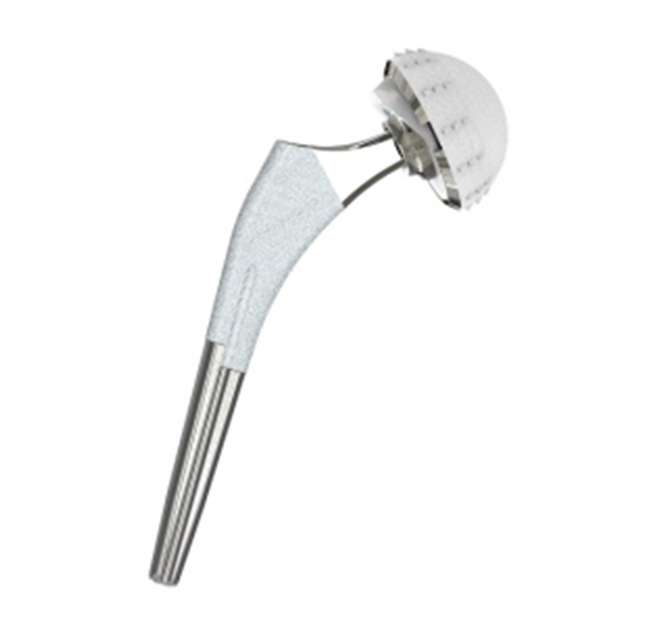How Can You Know if Your Hips are Tight?
 Dec. 15, 2020
Dec. 15, 2020
When you are doing strength training, tight hip joints affect your technique and make all kinds of exercises uncomfortable. The tension in the hips mainly comes from the tension around the hip flexors. The hip flexors are a group of muscles on the top of the thigh that connects the upper thigh and the buttocks. These muscles allow you to bend over to touch the ground and raise your legs.
The hip joint is composed of a sphere (femoral head) and a cup (acetabulum). It is the joint that connects the thigh bone and the pelvis. It is also an important joint that connects the trunk and the lower limbs. It is also the most loaded body weight and the heaviest force.
As a typical ball-and-socket joint, the hip joint can do a variety of exercises, such as flexion and extension, contraction, rotation, and circular movement. Because the femoral head is deeply embedded in the acetabulum, the acetabulum is deepened by the glenoid edge, so the range of motion is small. The main body of the structure is the pelvis, hip joints, and sacroiliac joints, which are connected to the femur and spine at the same time.

Hip self-test
Many people's hips are tight, especially sedentary people and those who exercise regularly. Of course, there are also many athletes. Tight hips may increase the risk of injury because the demand for tissues will increase, leading to Movement is not normal. So, what can you do to know if your hips are tight?
The pain and discomfort of tight hips usually appear in the upper groin. In addition, you may also experience low back pain or hamstring strain. Tight hips usually cause problems in the lower back, knees, and sacroiliac joints.
You can use the Thomas Test to judge. Thomas Test is generally used to test the flexibility of the hip joint. It can also test the tension of the iliopsoas, rectus femoris, and iliotibial bands.
The specific method is as follows:
First, sit on a bed or bench with your hips on the edge, then slowly tilt your body backward, and at the same time hug one knee with your hands and pull toward your chest. The hug knees should be as close to your chest as possible and lie flat. After that, continue to hug your knees and relax the other leg completely. If you cannot pull your knees close to your chest, the problem may be your hip flexion flexibility; if the other leg cannot lie flat on the bed and stay upright, it means your hip is stiff.
Features of the delta hip prosthesis
1. The double taper geometry can ensure the stability of the valve stem and effectively provide rotational stability;
2. The proximal rectangular cross-sectional geometry can provide rotational stability;
3. Long-term effective fixation-Ti + HA double coating;
4. The thickness of the vacuum plasma-sprayed titanium porous coating and HA (hydroxyapatite) coating is 0.375mm, providing the best press-fitting and fixing effect;
5. The hook-shaped design on the cap makes it easy to implant.
6. The lining is made of imported UHMWPE.
The hip joint system prosthesis imitates the structure of the human hip joint to realize the flexion and movement of the femur. If you want to get more information about hip arthroplasty implants, please contact us.













